Explore the untamed beauty of Bhutan's wilderness with iDesire Explorations' wildlife excursions. From the lush jungles of Manas National Park to the pristine forests of Zhemgang Eco Tourism and beyond, our tours offer thrilling encounters with some of the world's most fascinating wildlife.
Venture into the heart of Manas National Park, a UNESCO World Heritage Site and one of the richest biodiversity hotspots in the Eastern Himalayas. Home to elusive creatures such as Bengal tigers, Indian elephants, and one-horned rhinoceroses, Manas offers unparalleled opportunities for wildlife spotting. Traverse the park's dense forests and grasslands, accompanied by experienced guides who will help you spot rare and endangered species in their natural habitat.
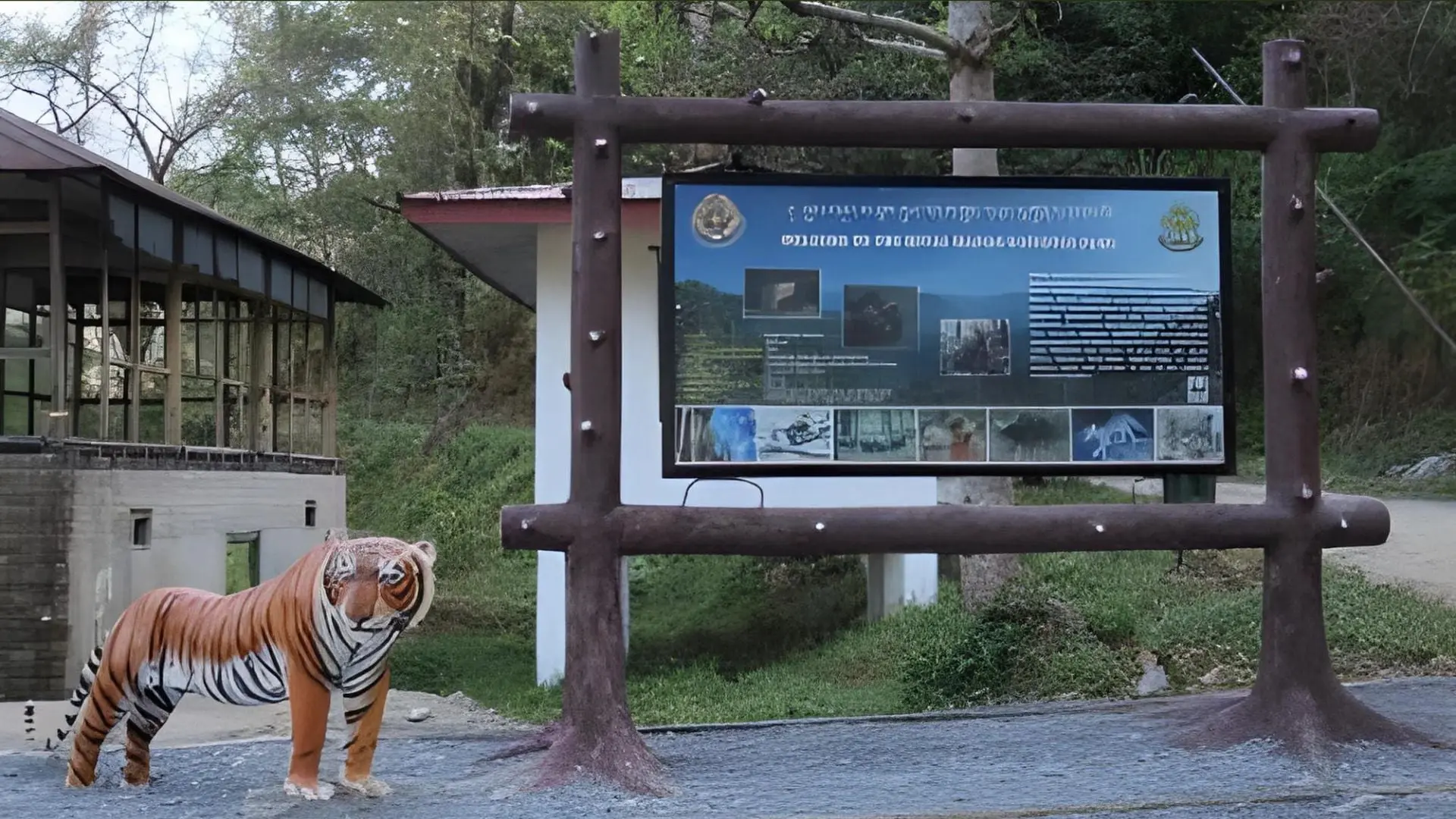
Manas National Park, a UNESCO World Heritage Site, is renowned for its rich biodiversity. Visitors have the opportunity to spot Bengal tigers, Indian elephants, one-horned rhinoceroses, and many other rare and endangered species in their natural habitat. Experienced guides accompany visitors on safaris to increase the chances of wildlife sightings.
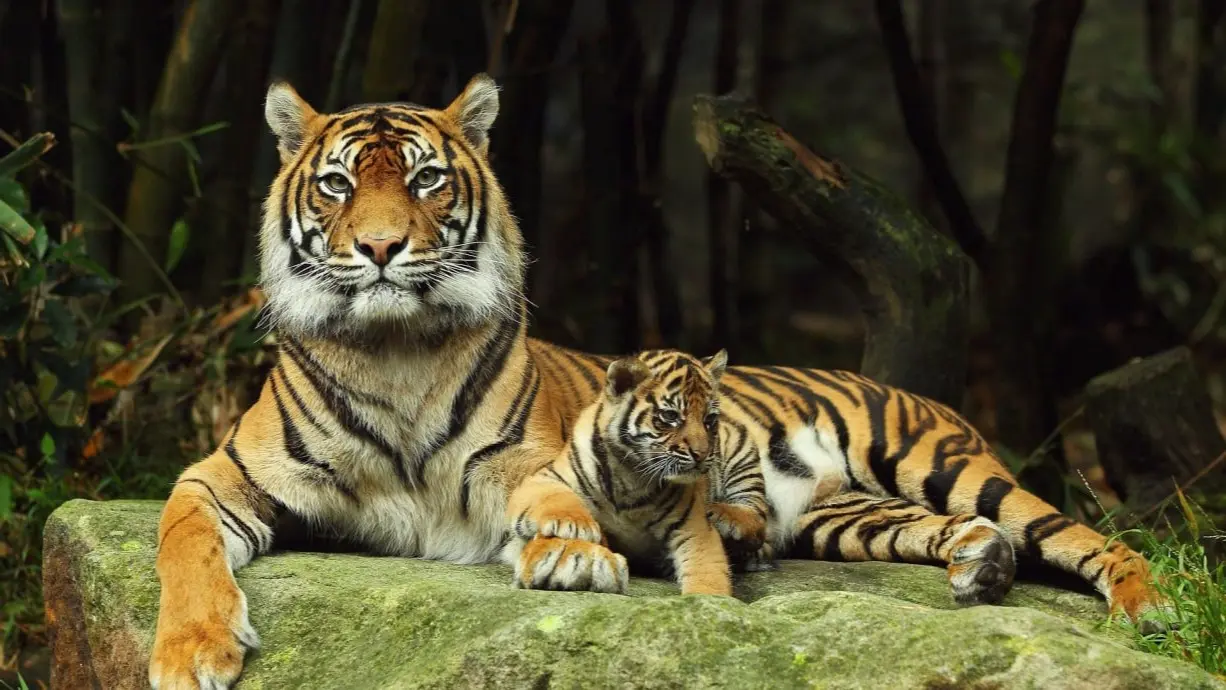
Explore the park's dense forests, grasslands, and riverine habitats, which are home to a diverse array of plant and animal species. Keep an eye out for rare orchids, giant hornbills, and playful river otters as you traverse the park's pristine wilderness.
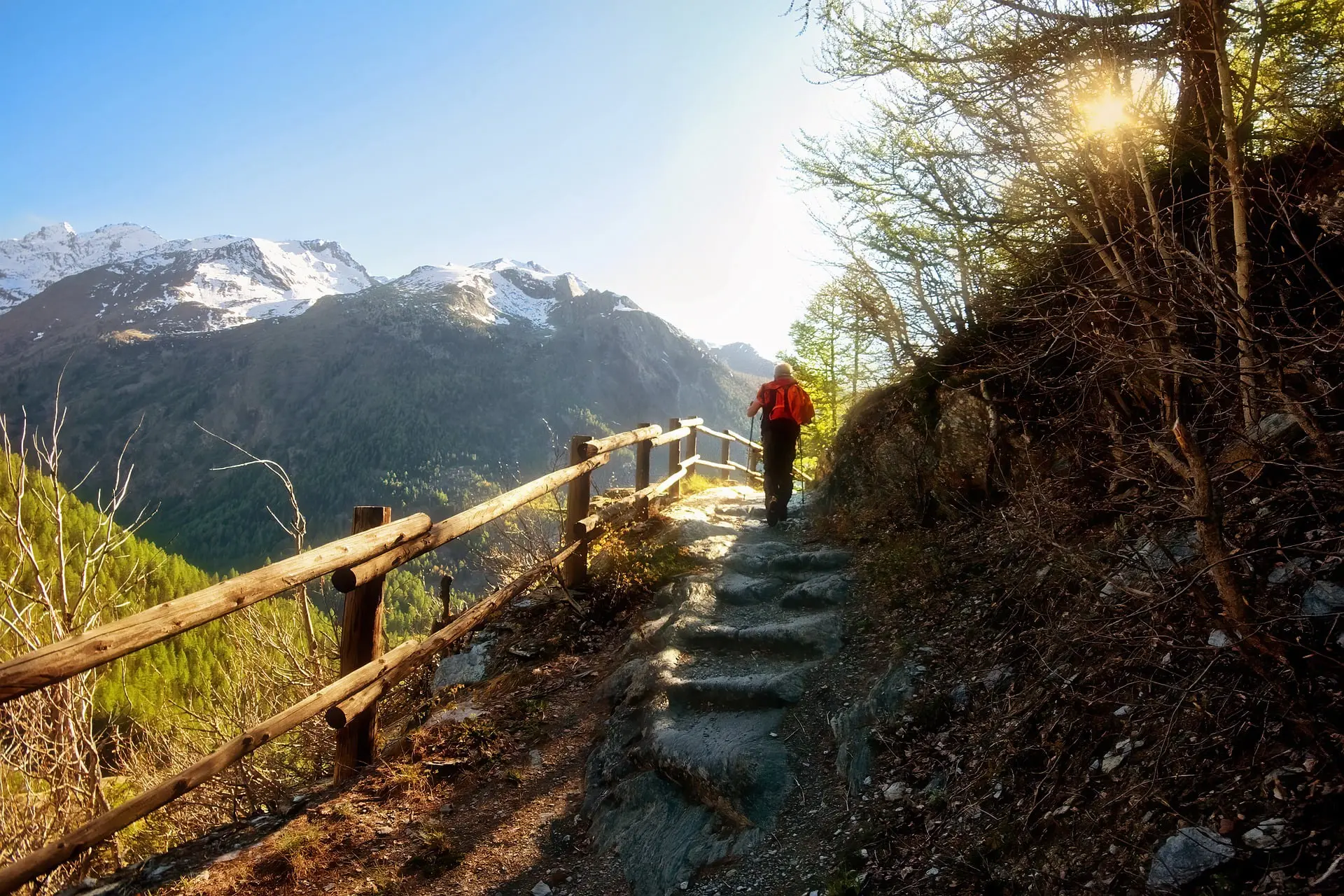
The best time to visit Manas National Park is during the dry season, from November to April, when wildlife congregates around water sources, making them easier to spot. However, the park is open year-round, with each season offering unique wildlife viewing opportunities.

Accommodation options near Manas National Park range from rustic jungle lodges to comfortable eco-resorts, offering visitors a chance to immerse themselves in nature while enjoying modern amenities.
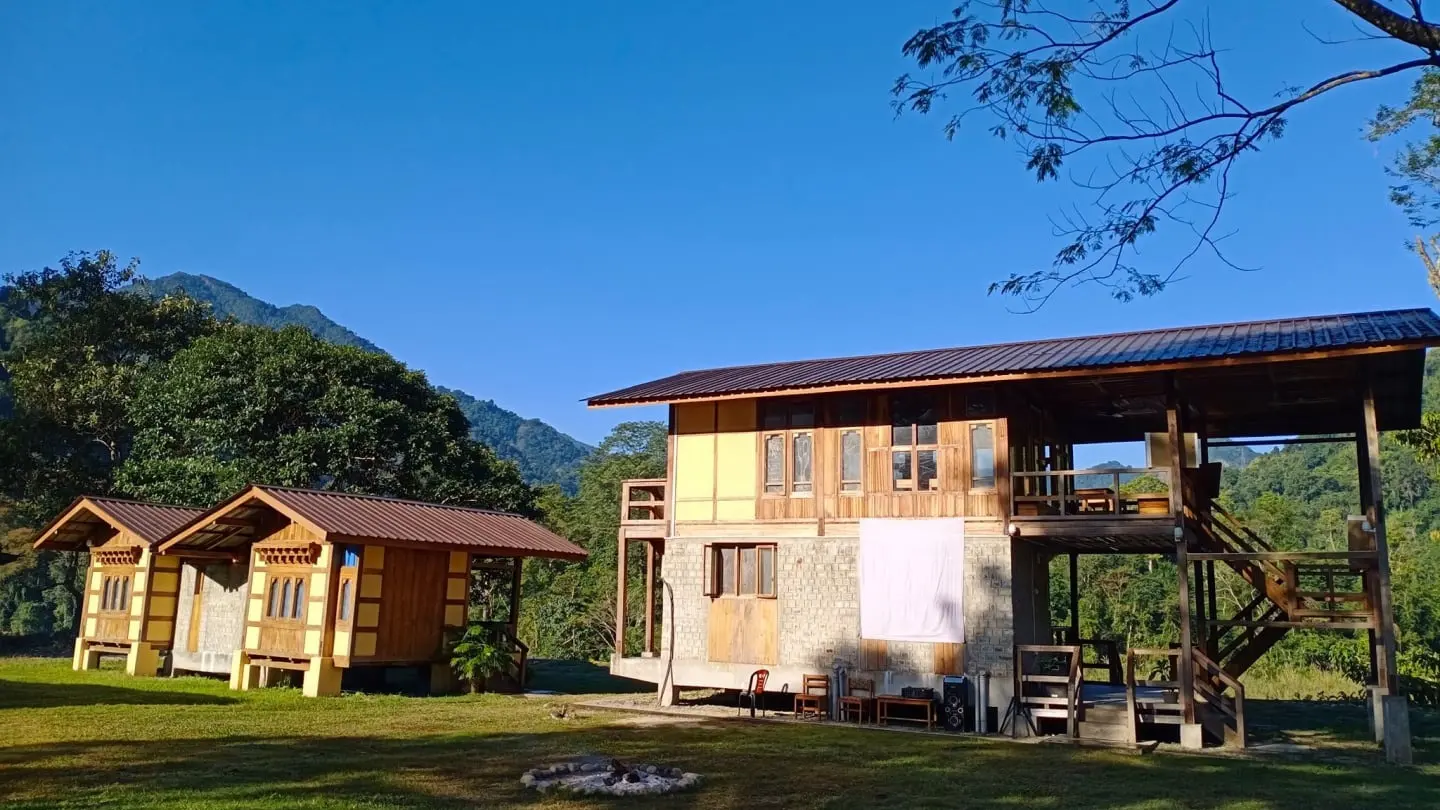
Immerse yourself in the pristine wilderness of Zhemgang Eco Tourism, where lush forests, cascading waterfalls, and crystal-clear rivers provide a sanctuary for a diverse array of flora and fauna. Explore the region's network of hiking trails, keeping your eyes peeled for glimpses of red pandas, golden langurs, and hundreds of bird species, including the endangered white-bellied heron. Learn about conservation efforts in the area and how you can contribute to protecting Bhutan's rich natural heritage.
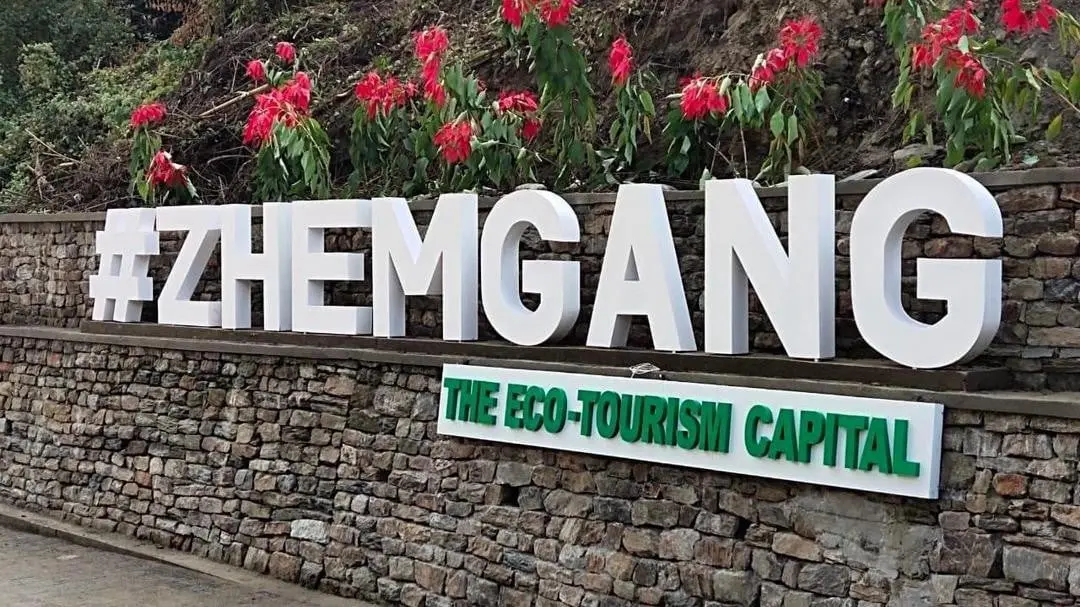
Zhemgang Eco Tourism offers a network of hiking trails through lush forests, leading to cascading waterfalls, serene rivers, and panoramic viewpoints. These trails provide opportunities to spot elusive wildlife such as red pandas, golden langurs, and the endangered white-bellied heron.
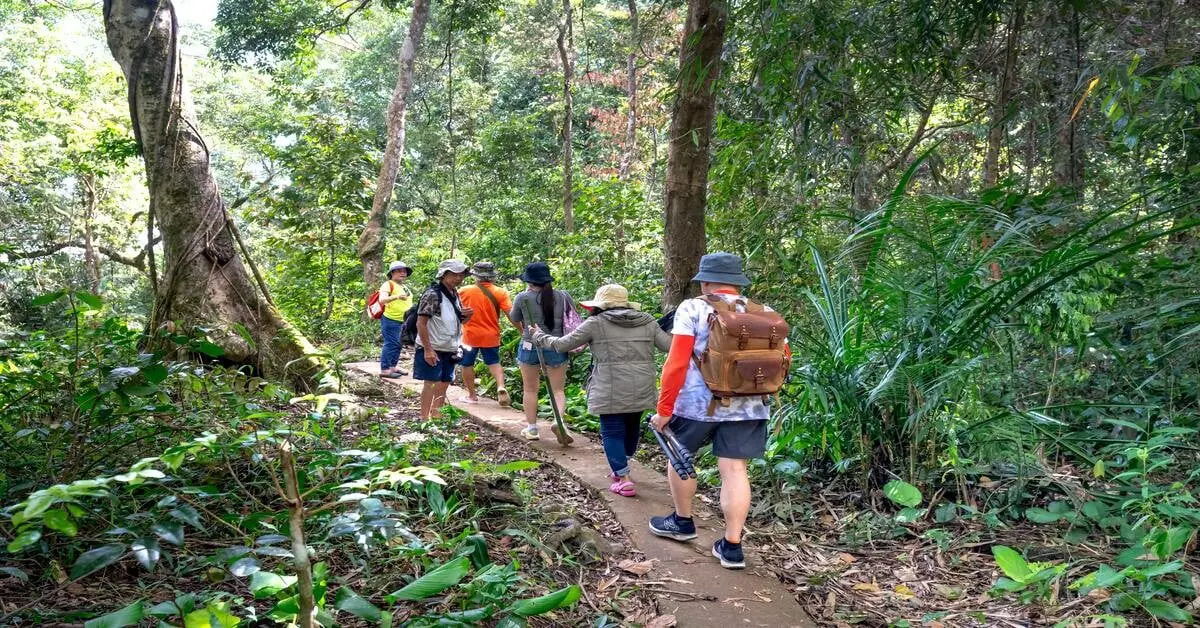
With over 700 bird species recorded in Bhutan, Zhemgang Eco Tourism is a paradise for birdwatchers. Spot colorful birds like the Himalayan monal, Rufous-necked hornbill, and white-capped water redstart as you explore the region's diverse habitats.
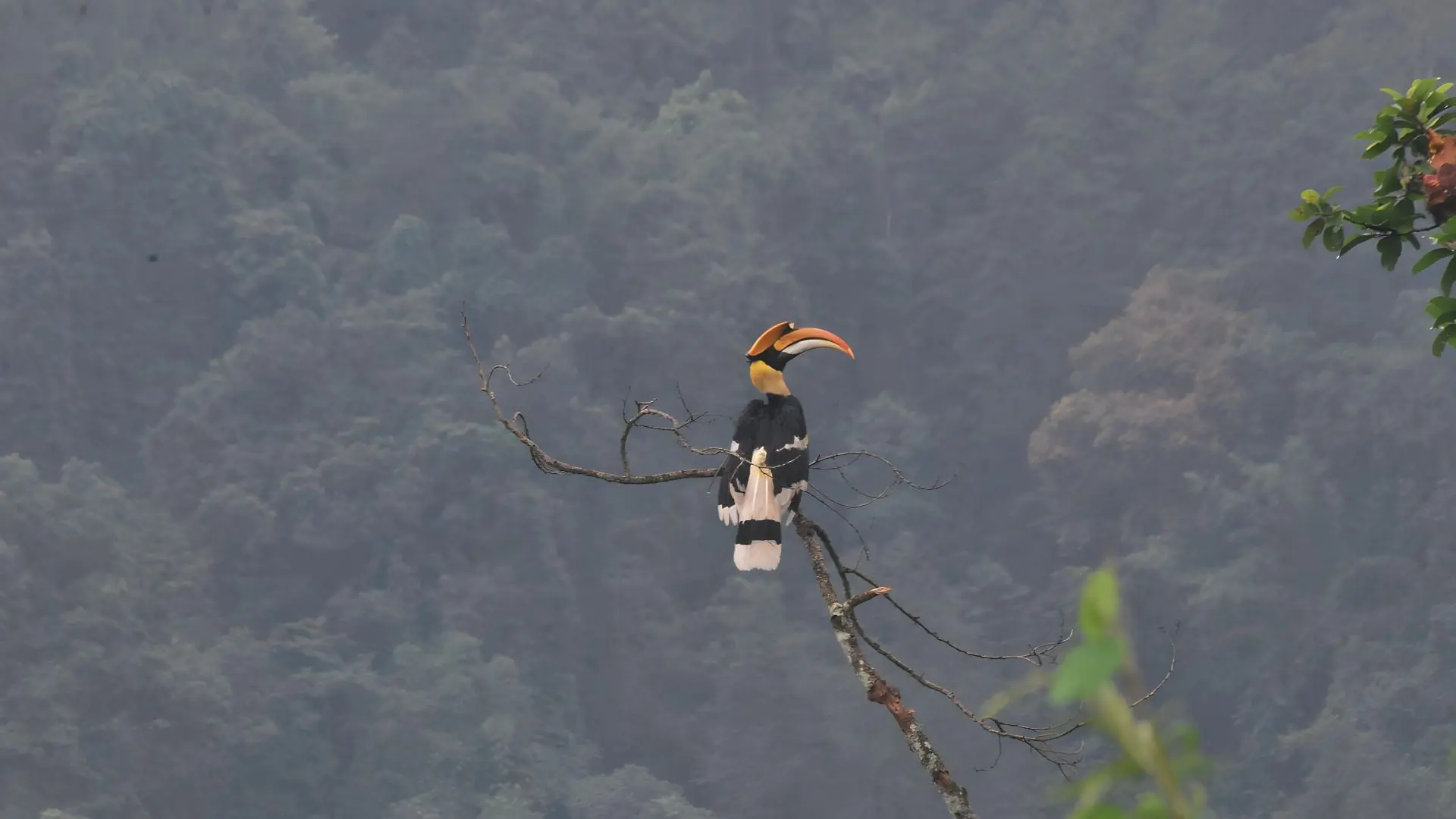
Learn about conservation efforts in Zhemgang and how you can contribute to protecting Bhutan's natural heritage. Participate in guided tours and educational programs to gain insight into local conservation initiatives and the importance of preserving biodiversity.
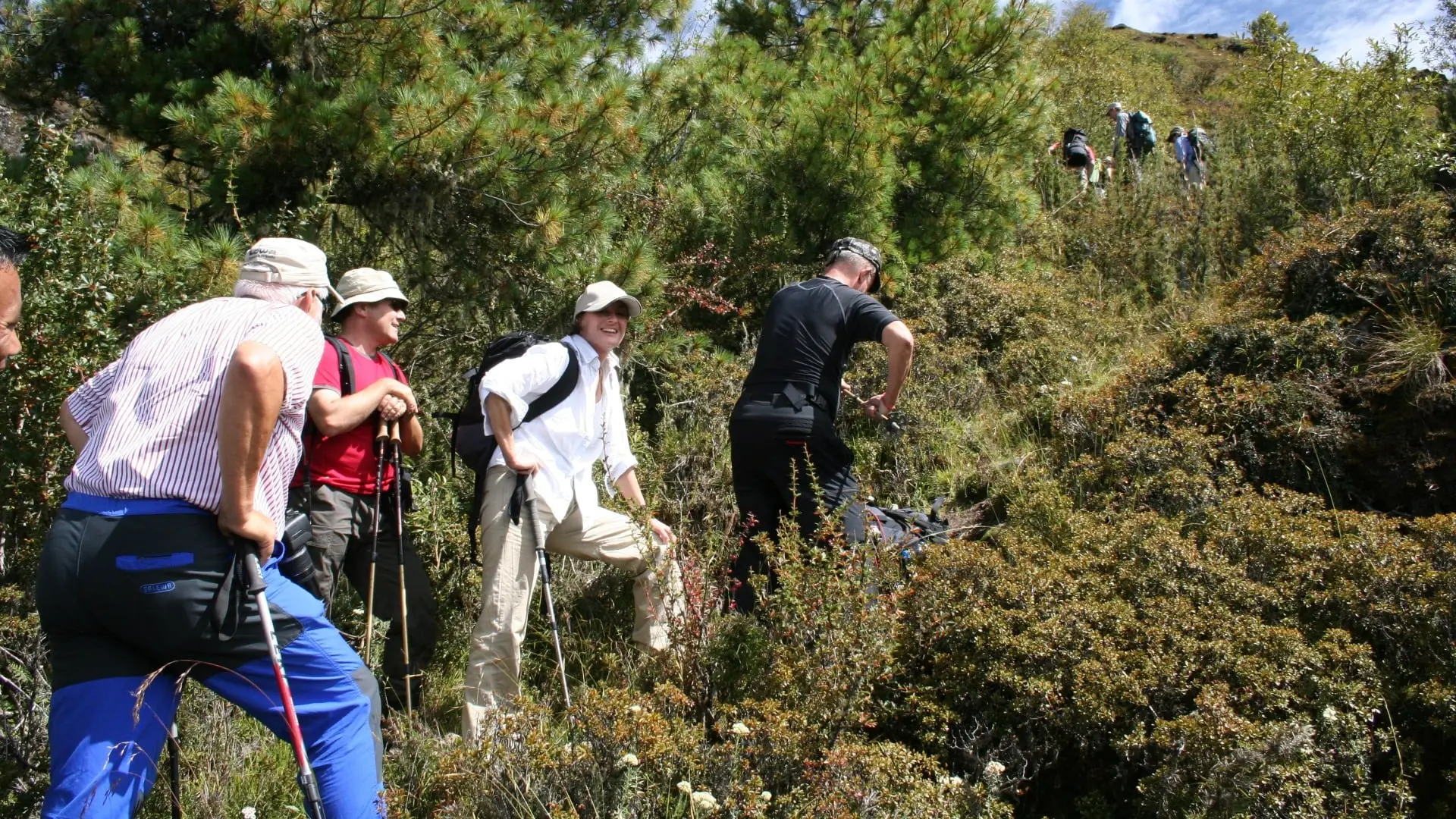
The best time to visit Zhemgang Eco Tourism is during the spring and autumn months (March to May and September to November) when the weather is pleasant, and wildlife activity is high. However, the monsoon season (June to August) offers lush green landscapes and fewer tourists.

Accommodation options in Zhemgang range from cozy guesthouses to eco-friendly lodges, providing visitors with comfortable stays amid the pristine wilderness.
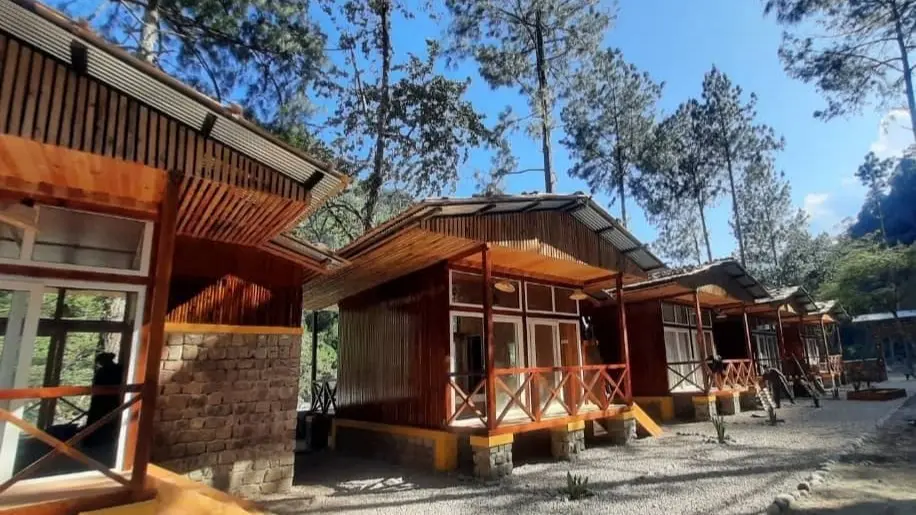
Explore the diverse flora and fauna of Bhutan's wilderness on our wildlife excursions. From majestic forests to lush valleys, Bhutan is home to a rich array of plant and animal life. Here are some subtopics to delve deeper into flora and fauna during your wildlife adventure:
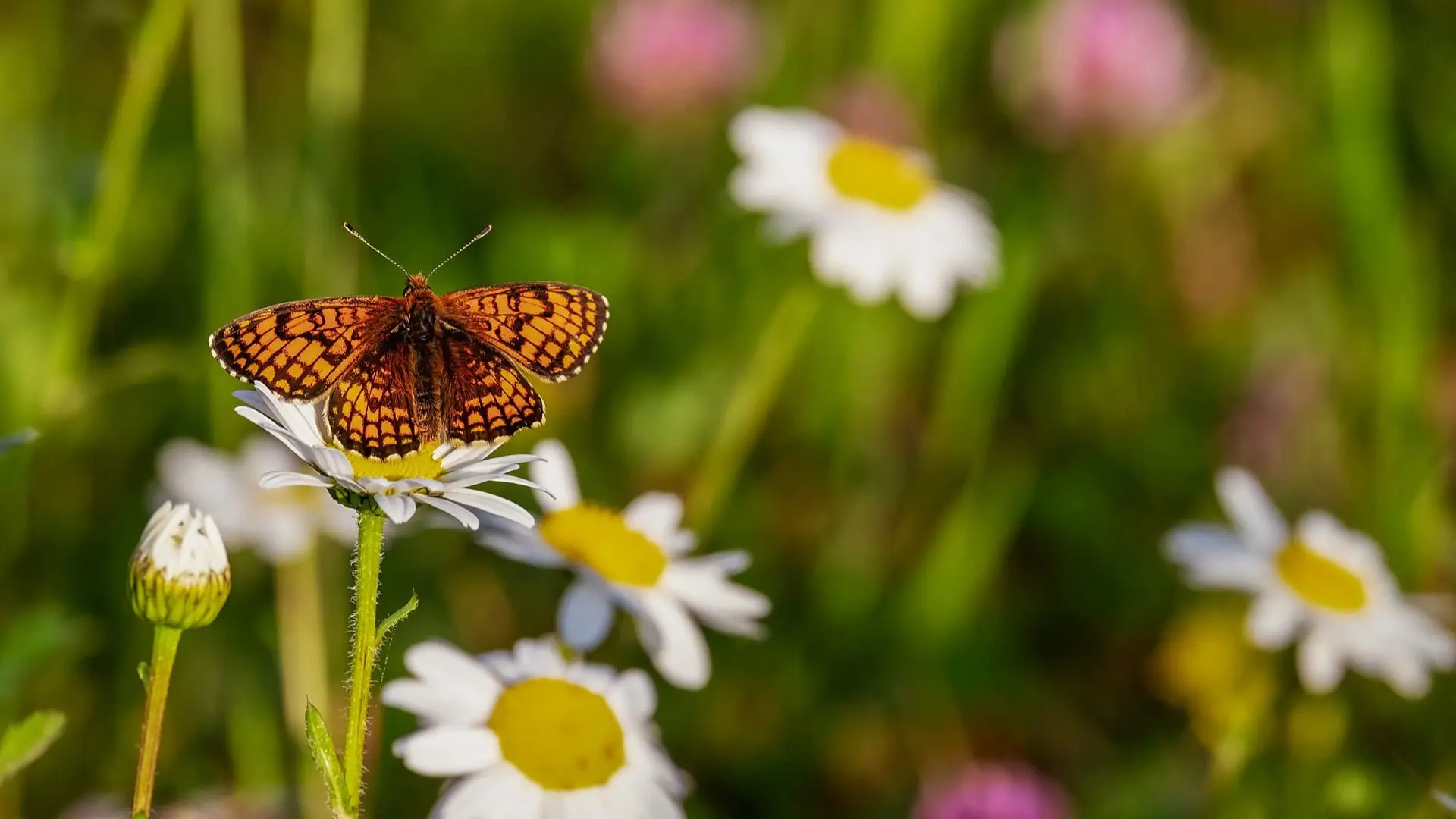
Discover Bhutan's rich botanical diversity in places like the Royal Botanical Park in Lamperi, which showcases a wide variety of native plant species, including medicinal herbs and alpine flowers.
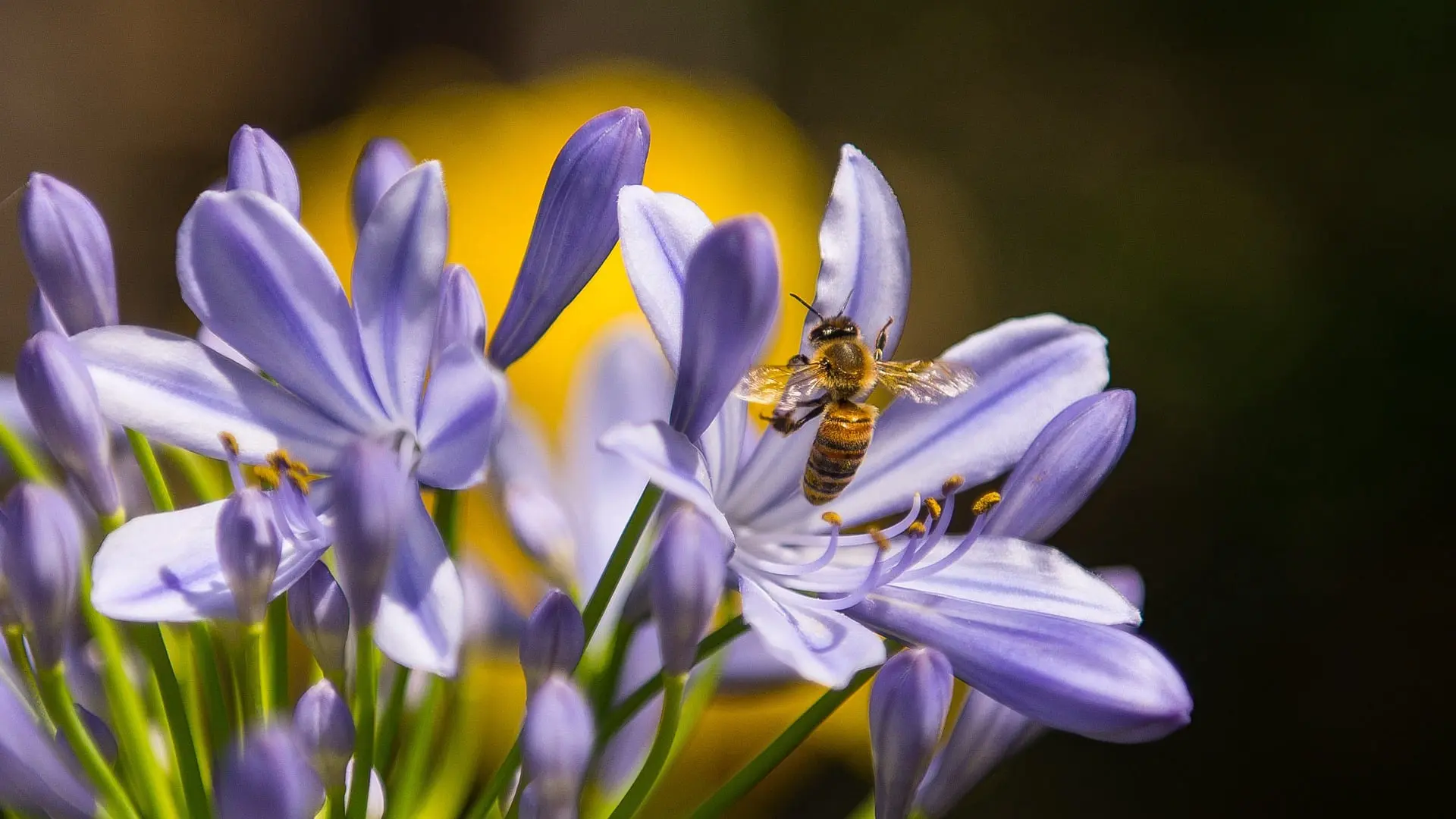
Learn about the medicinal properties of Bhutan's native plants and herbs, used in traditional Bhutanese medicine to treat various ailments and promote overall well-being.
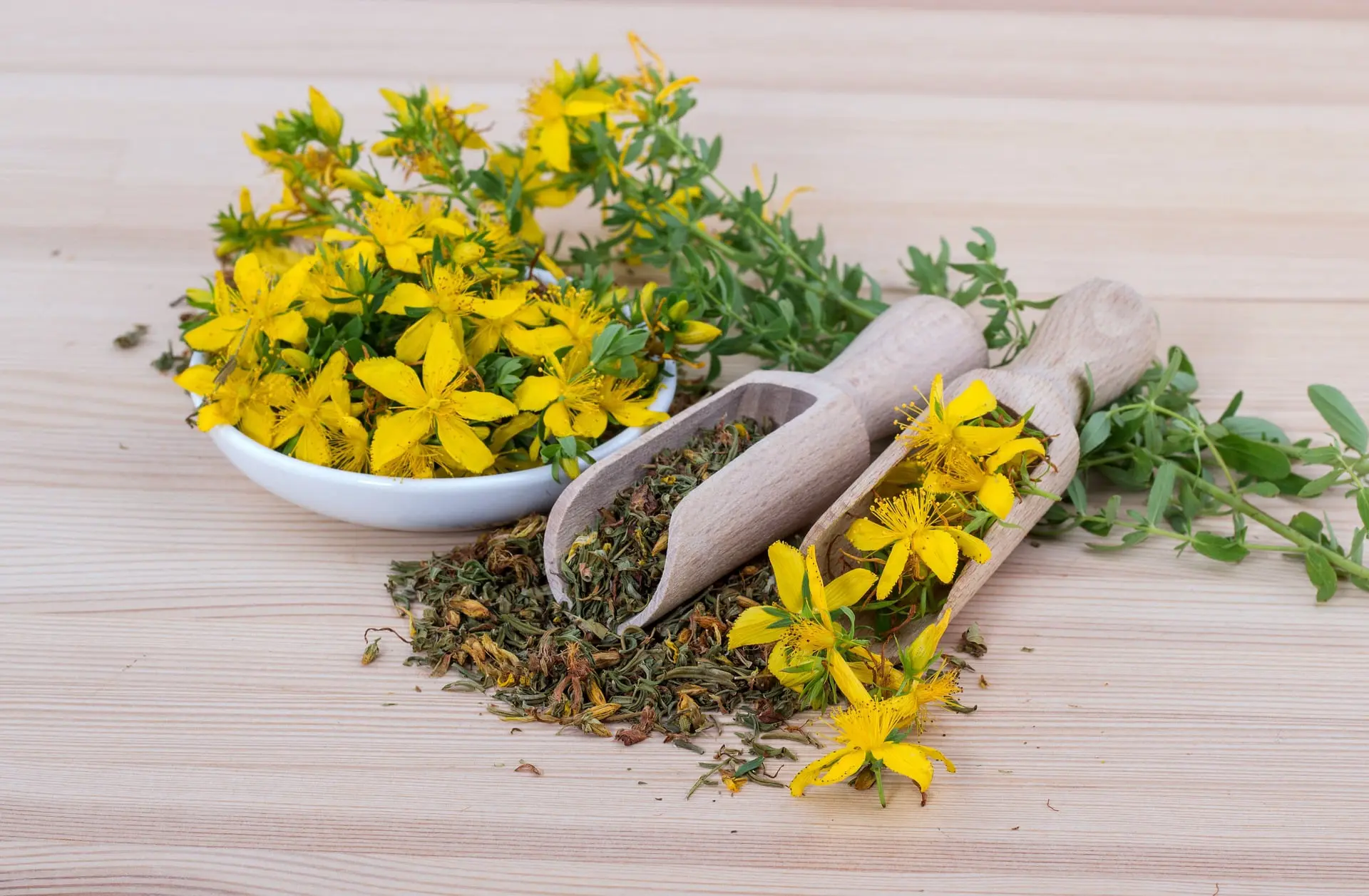
Explore the alpine meadows of Dochula Pass and Chele La, where you'll find unique plant species adapted to the high-altitude environment, such as rhododendrons, gentians, and edelweiss.
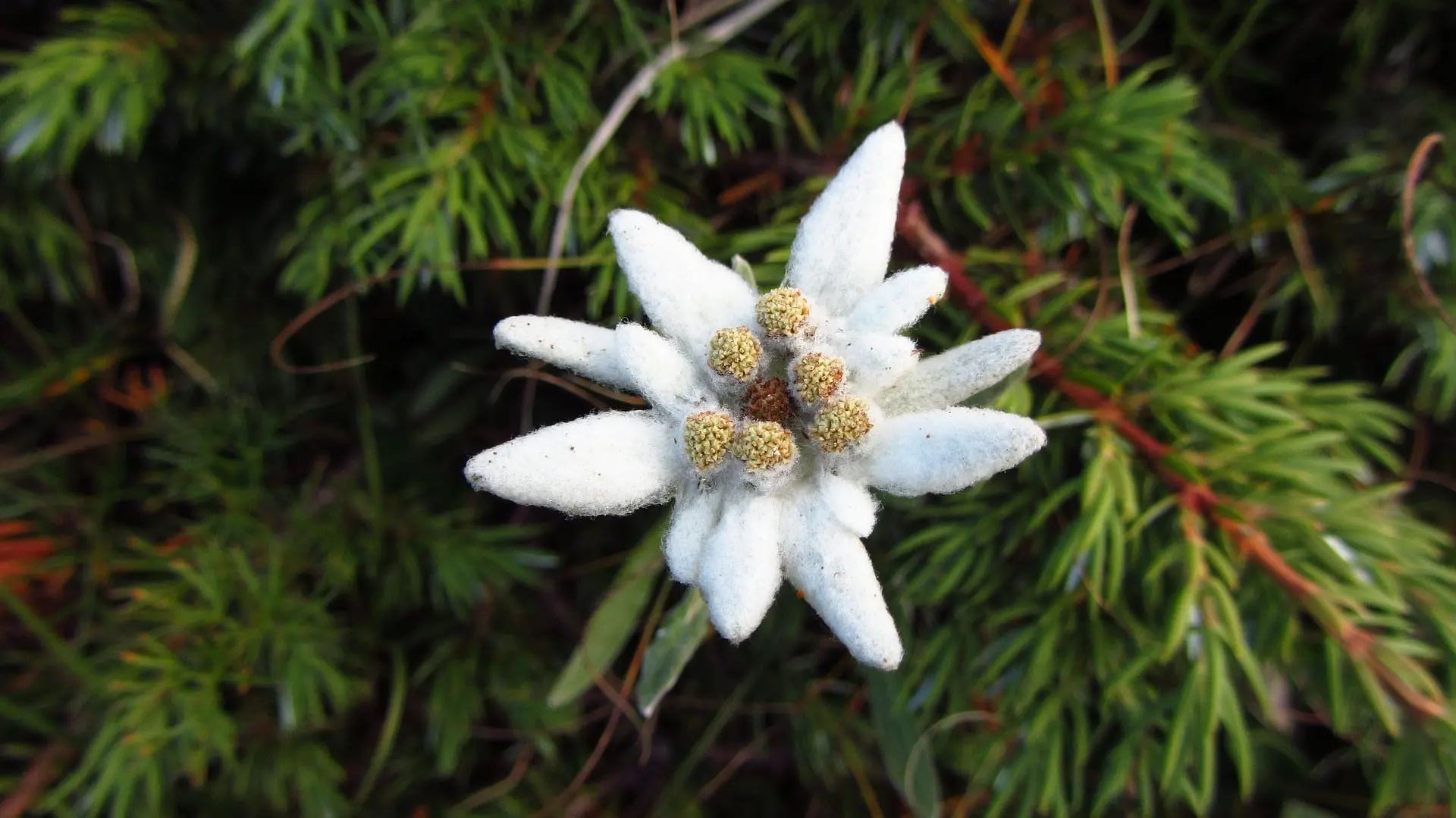
Embark on guided hikes along scenic trails through Bhutan's forests and alpine meadows, where you'll encounter a diverse array of plant life and have the opportunity to observe and photograph Bhutan's botanical wonders.

Encounter a diverse range of mammals in places like Jigme Dorji National Park, where you may spot Bengal tigers, Himalayan black bears, and takins roaming the forests.

Spot some of Bhutan's over 700 bird species in areas like Phobjikha Valley, a designated conservation area known for its abundance of birdlife, including the endangered black-necked crane.
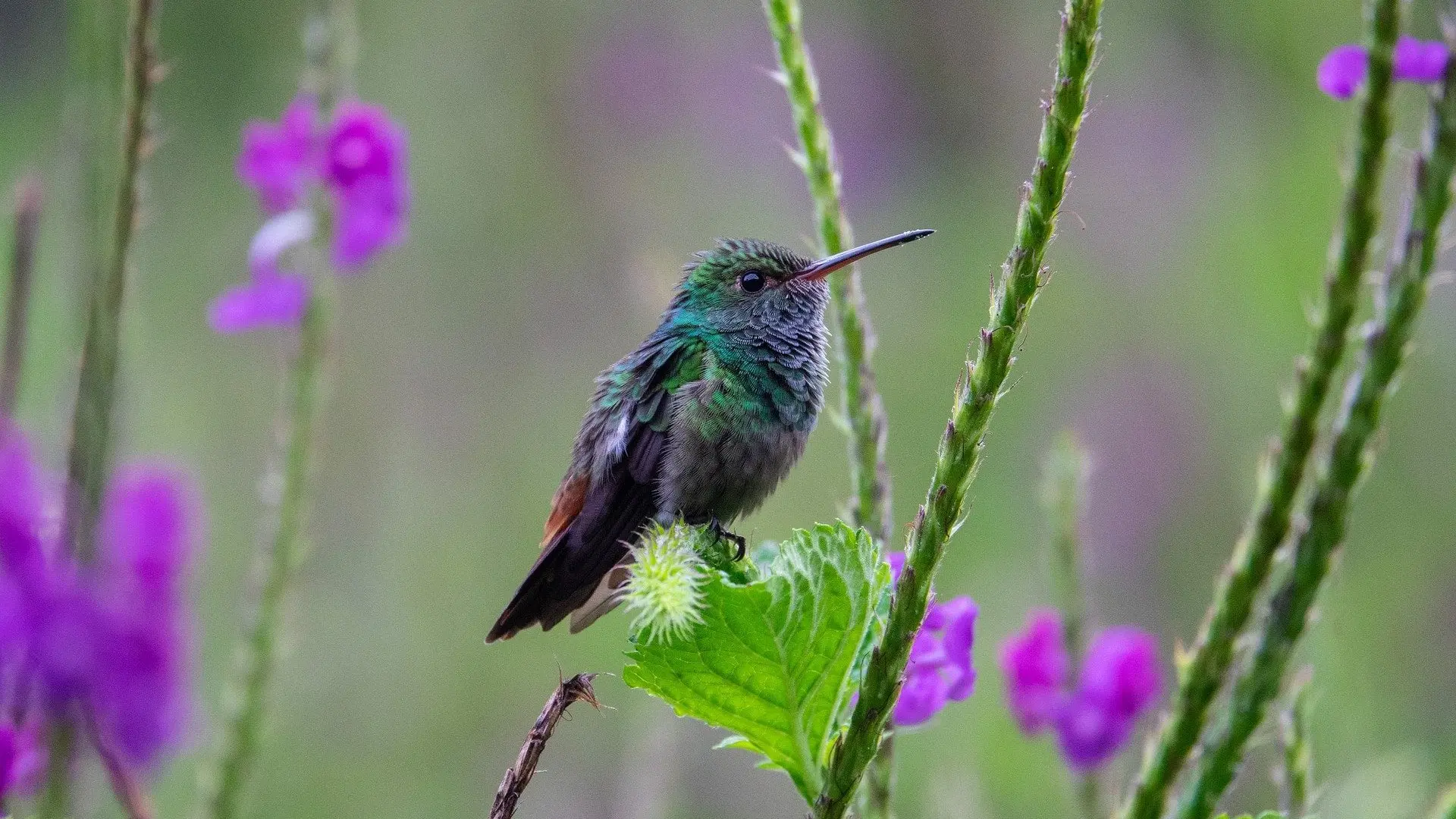
Marvel at the colorful butterflies and insects in places like Bumthang Valley, where the diverse ecosystems support a wide variety of insect life.

Known for its stunning natural beauty and as the winter habitat of the endangered black-necked crane, the Phobjikha Valley is a must-visit for wildlife enthusiasts. Visitors can witness the graceful cranes from November to March, as well as explore the valley's rich biodiversity through nature walks and birdwatching excursions.

Learn about the conservation efforts dedicated to protecting the endangered black-necked crane, which migrates to Phobjikha Valley every winter. Visit the Black-necked Crane Information Centre to understand the importance of preserving their habitat and the challenges they face.

Explore the valley's pristine wilderness through a network of nature trails that offer stunning views of the surrounding mountains and forests. Walk along the Gangtey Nature Trail or the Crane Observation and Education Centre Trail for opportunities to spot various bird species and enjoy the tranquil beauty of the landscape.
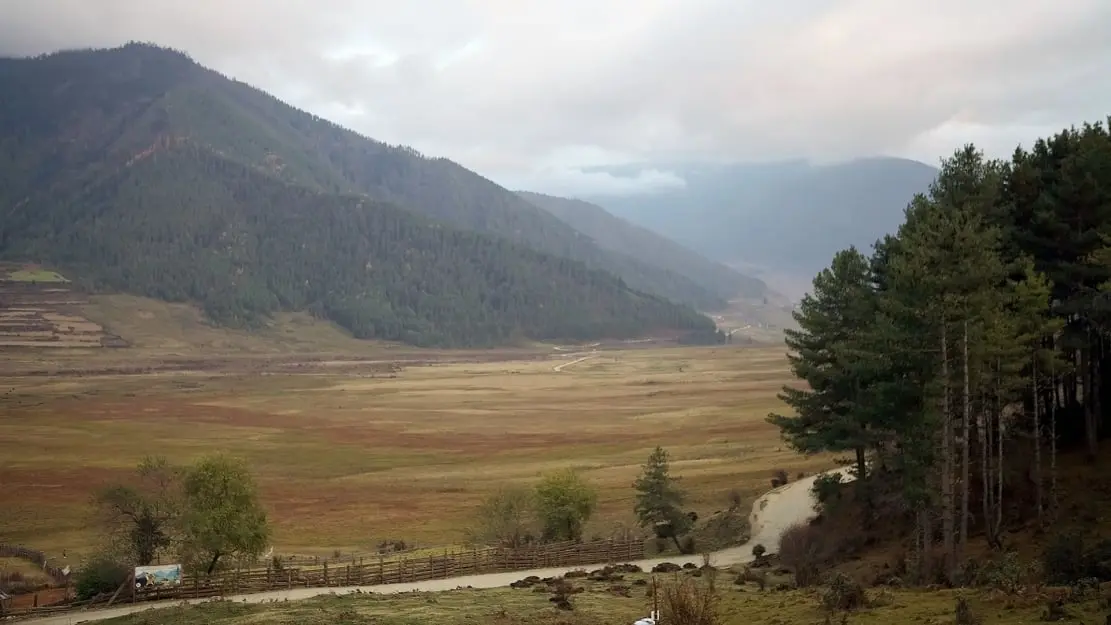
Immerse yourself in the local culture by visiting traditional villages in Phobjikha Valley. Interact with the friendly inhabitants, learn about their way of life, and admire the traditional Bhutanese architecture of the farmhouses and temples.
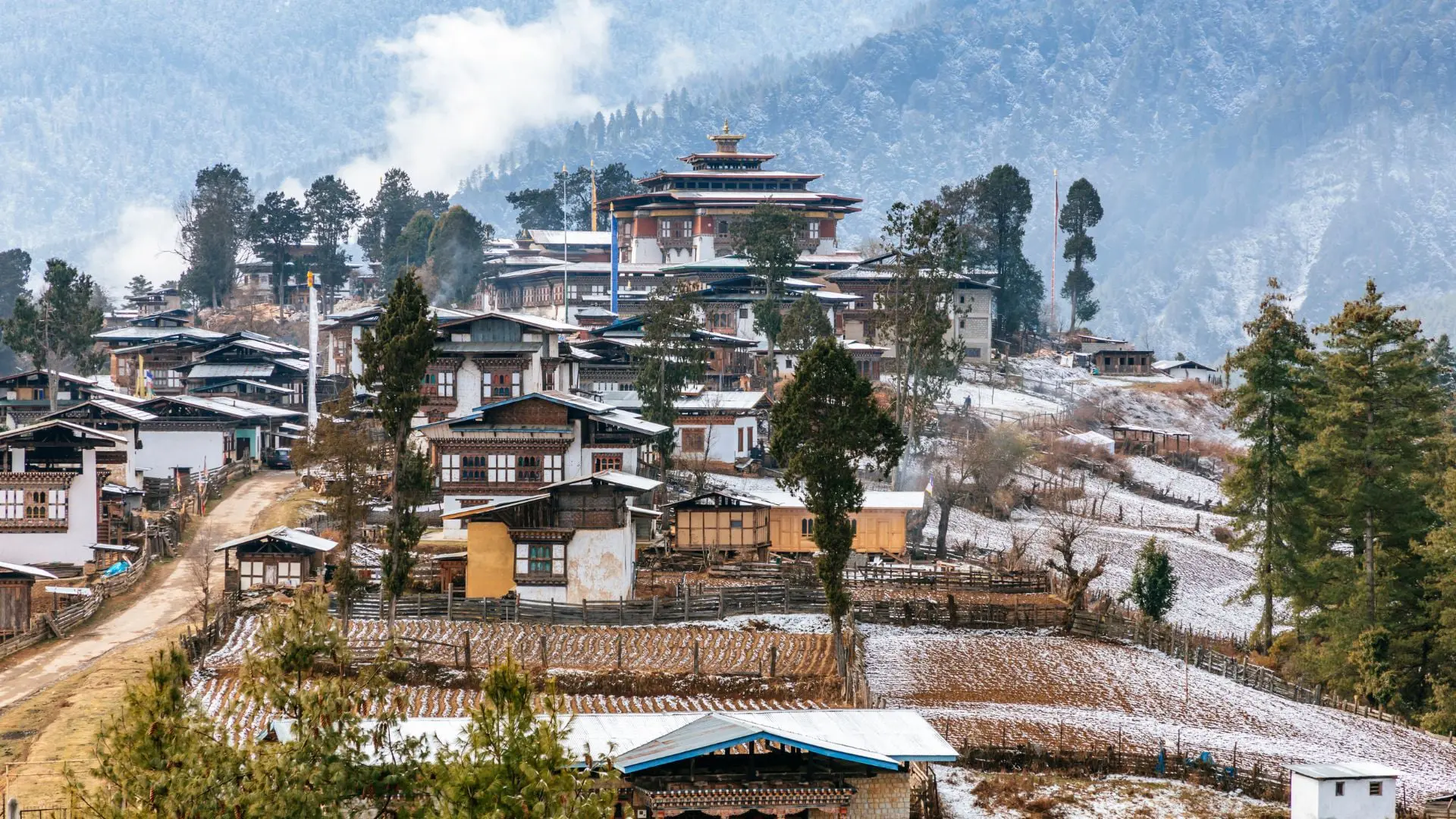
Pay a visit to Gangtey Monastery, also known as Gangtey Gonpa or Gangtey Palace, a prominent religious site overlooking the valley. Explore the monastery's ornate architecture, intricate wall paintings, and tranquil surroundings while soaking in the spiritual ambiance.
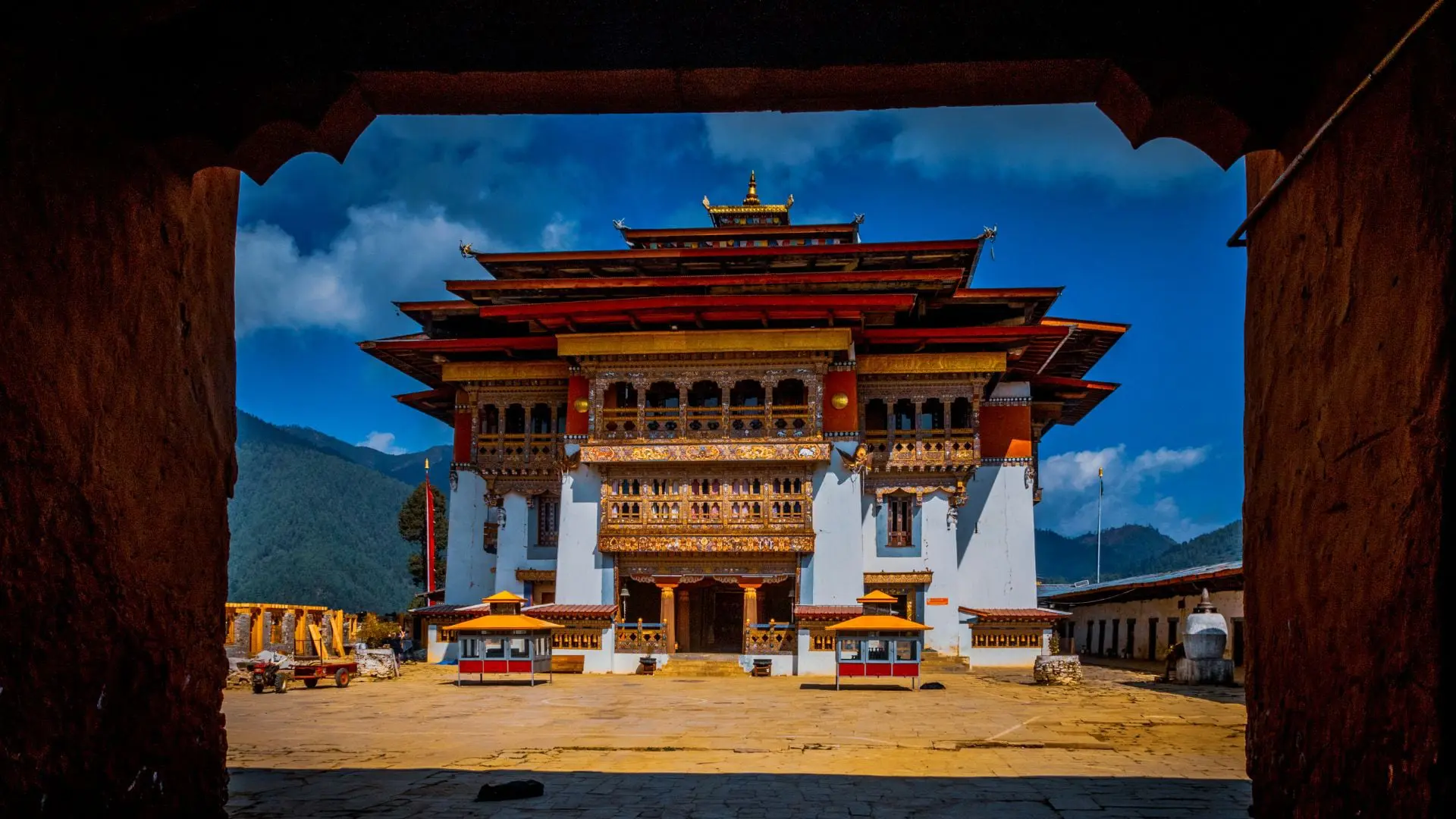
Learn about the valley's unique environmental and cultural significance, including its role as a designated conservation area and its importance as a winter habitat for the black-necked crane. Discover the valley's connection to Bhutanese folklore and traditions through local stories and legends.
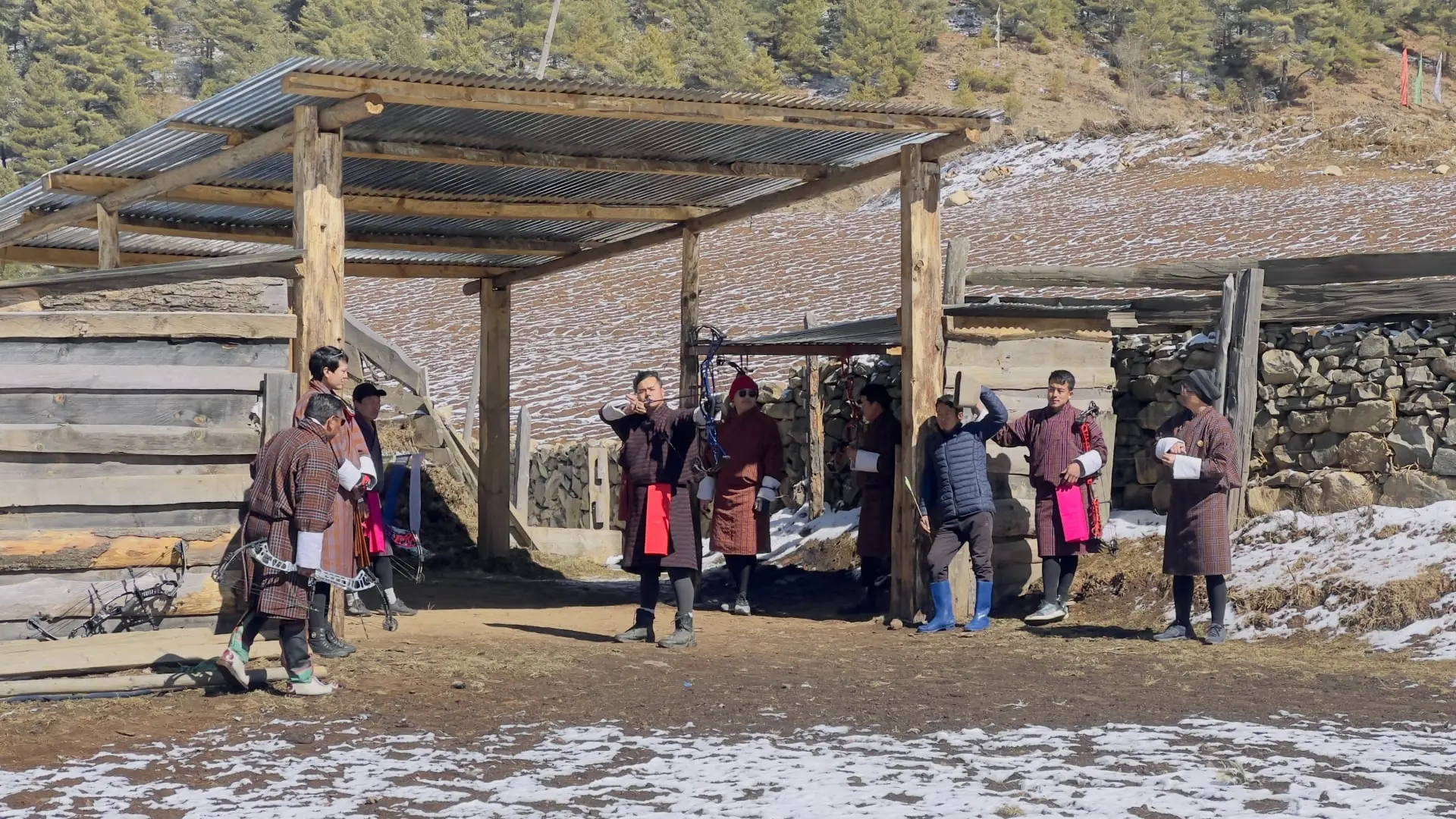
Indulge in traditional Bhutanese cuisine at local restaurants or farmhouse stays in Phobjikha Valley. Sample dishes made from locally sourced ingredients, such as buckwheat pancakes, yak meat, and cheese, while enjoying the warmth of Bhutanese hospitality.
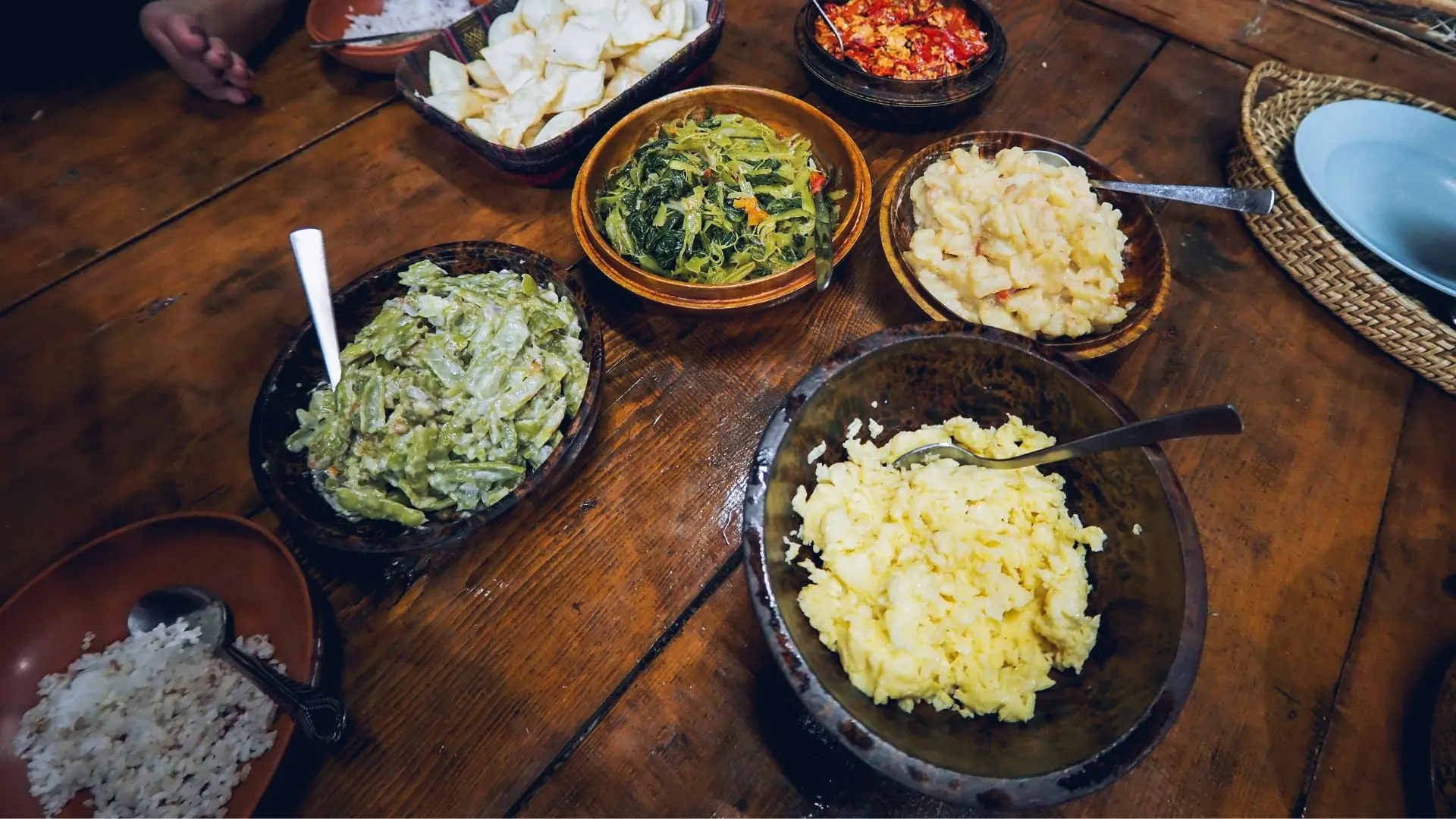
Learn about the valley's unique environmental and cultural significance, including its role as a designated conservation area and its importance as a winter habitat for the black-necked crane. Discover the valley's connection to Bhutanese folklore and traditions through local stories and legends.
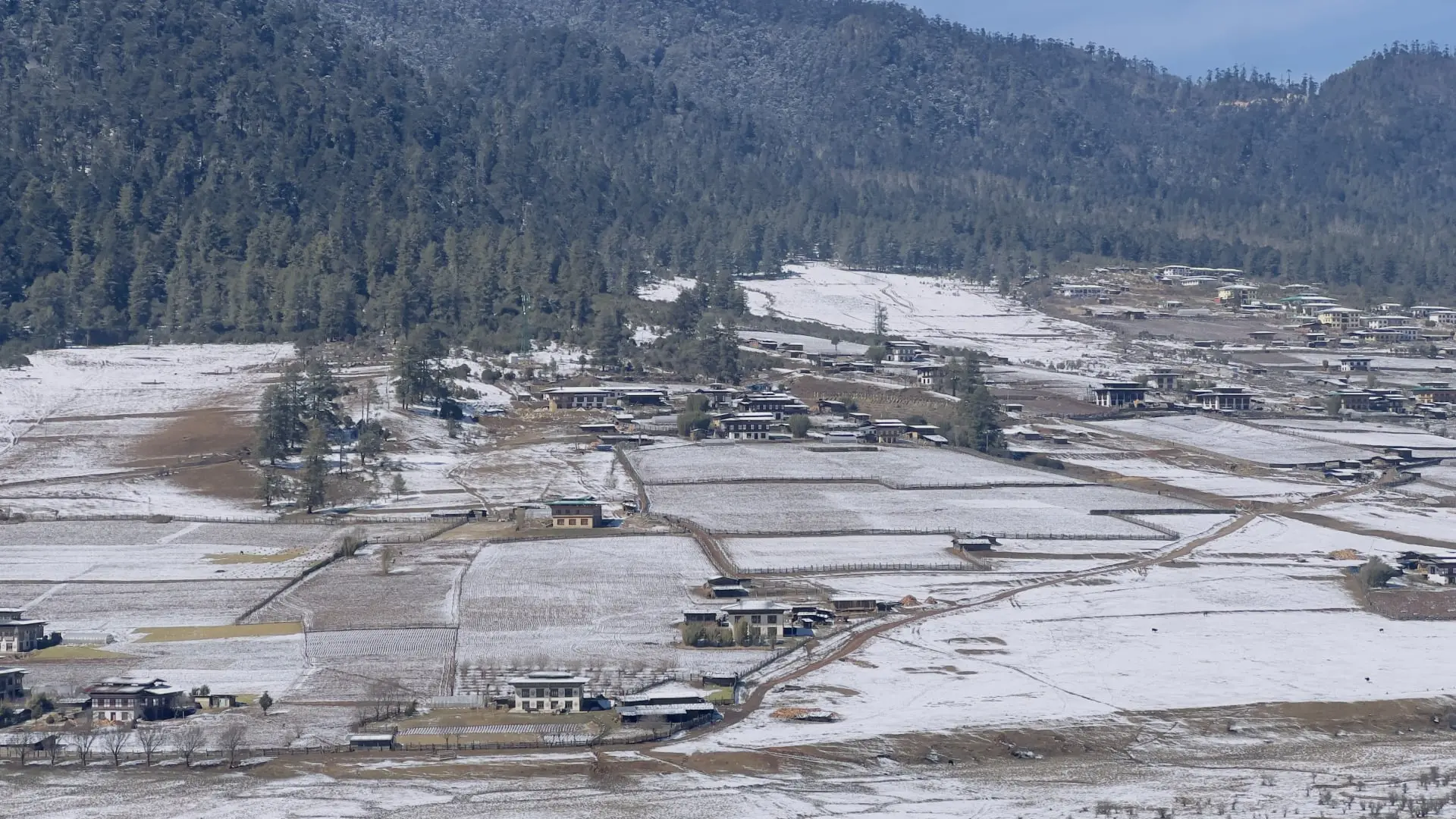
Stay in cozy guesthouses, eco-lodges, or farmhouse homestays in Phobjikha Valley for an authentic and immersive experience. Enjoy warm hospitality, delicious meals, and panoramic views of the surrounding landscape from your accommodations.
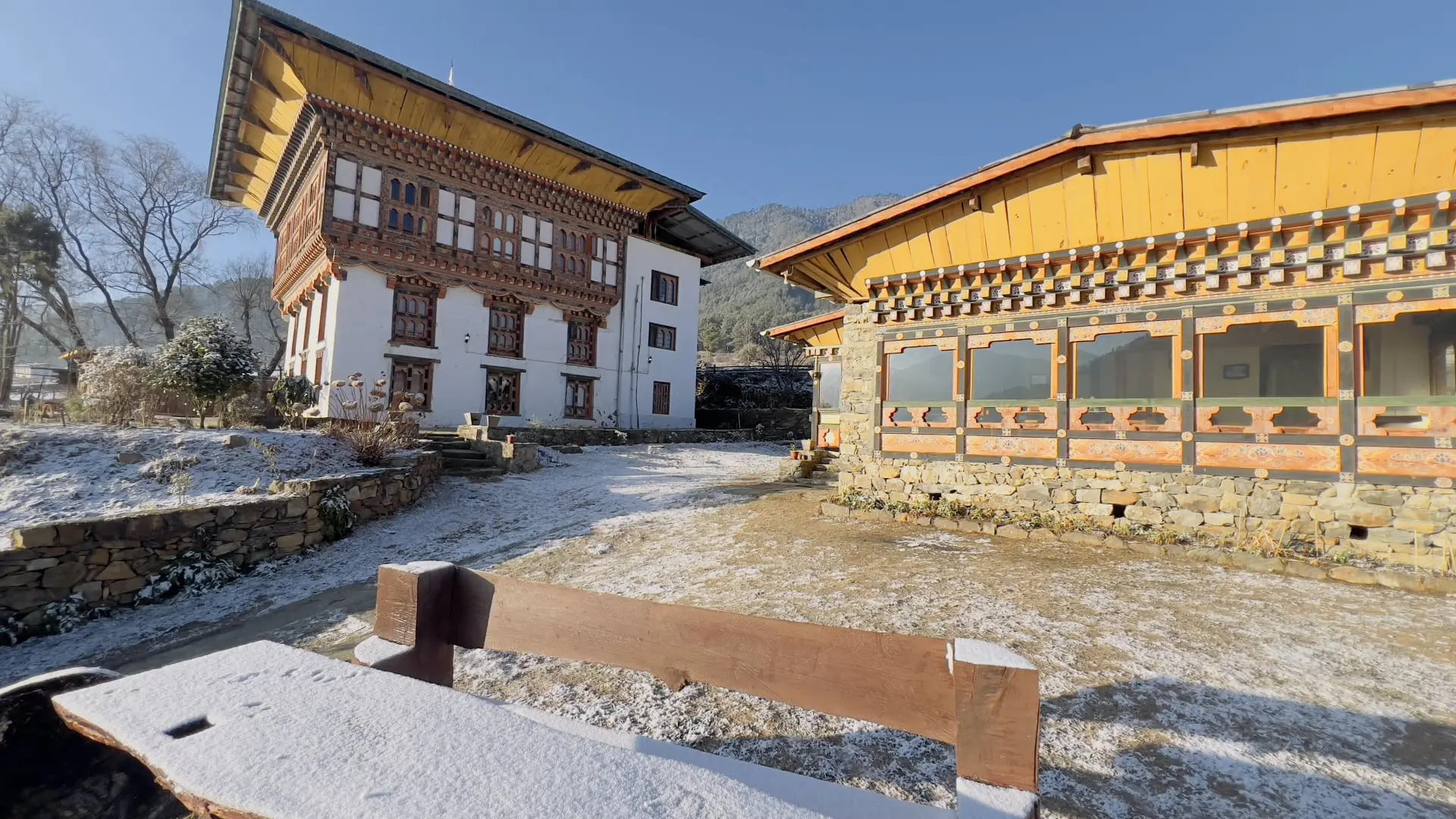
Bhutan is a paradise for birdwatchers, boasting over 700 bird species, including rare and endangered varieties. Join our bird watching expeditions to the Phobjikha Valley, where you can spot the majestic black-necked crane, or explore the dense forests of Jigme Dorji National Park, home to Himalayan monals, blood pheasants, and many more avian treasures. Our knowledgeable guides will ensure you have the best opportunities to observe and photograph Bhutan's diverse birdlife.
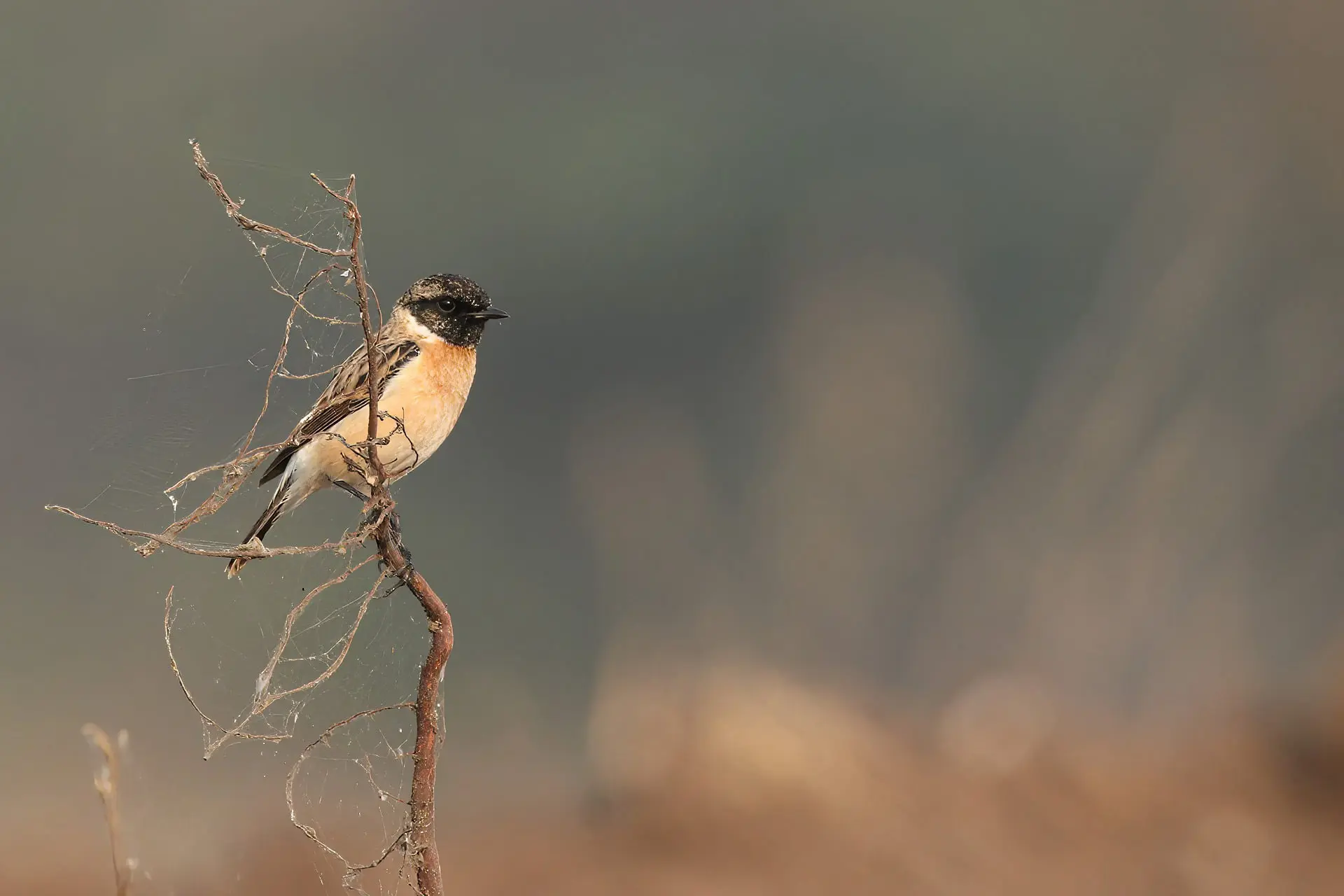
Our experienced birding guides will help you spot and identify a wide range of bird species, providing valuable insights into their behaviors and habitats.
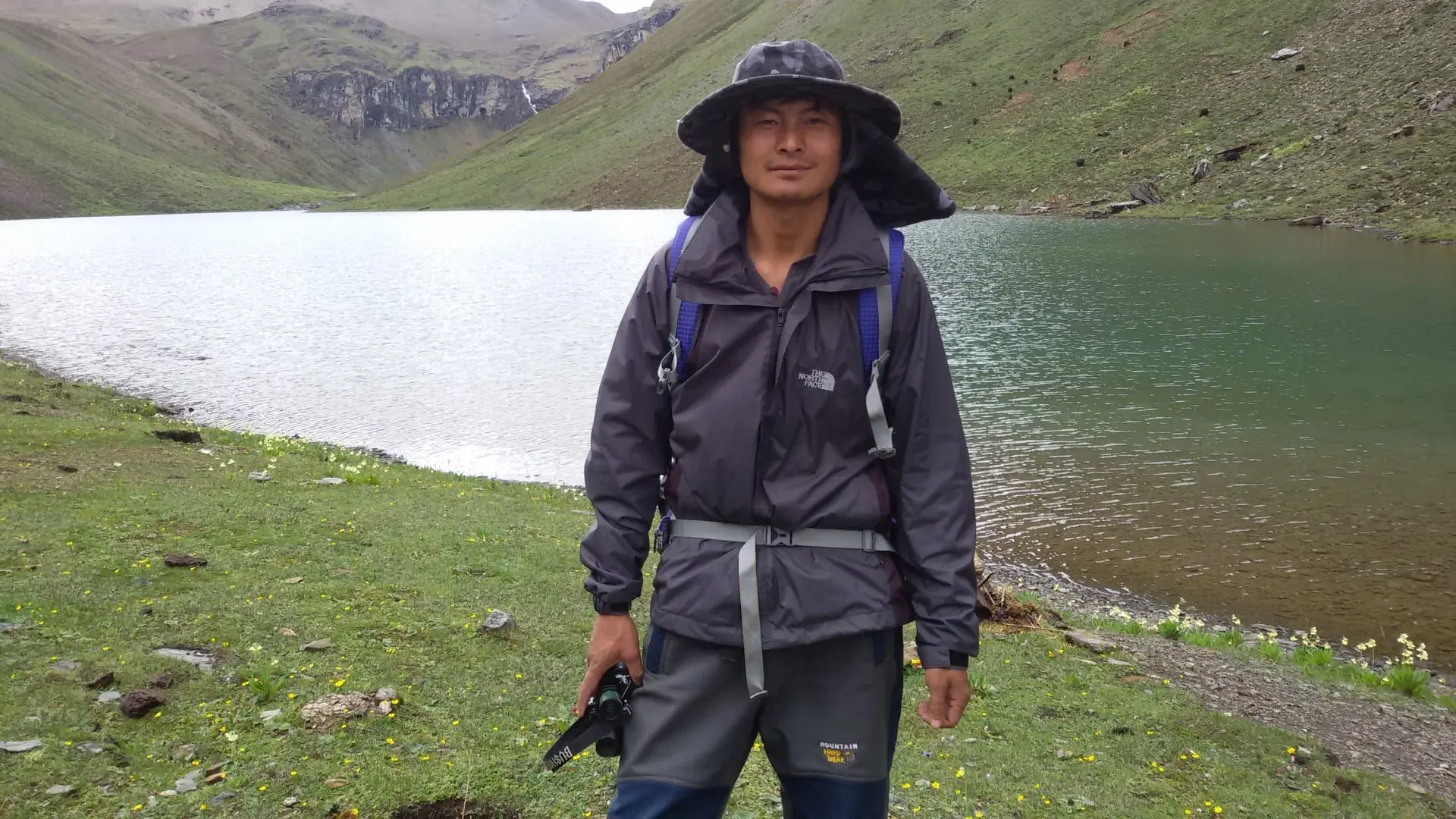
We provide specialized birding equipment such as binoculars and spotting scopes to enhance your birdwatching experience.
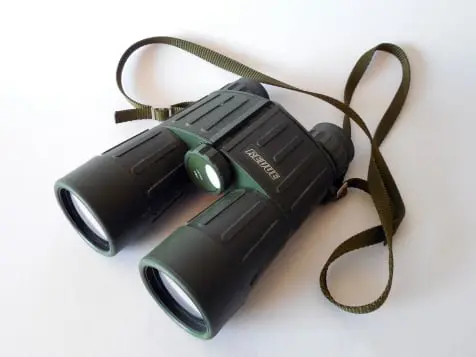
Visit key birding sites such as the Phobjikha Valley, Jigme Dorji National Park, and Bumdeling Wildlife Sanctuary, where you'll have the best chances of spotting rare and endemic species.
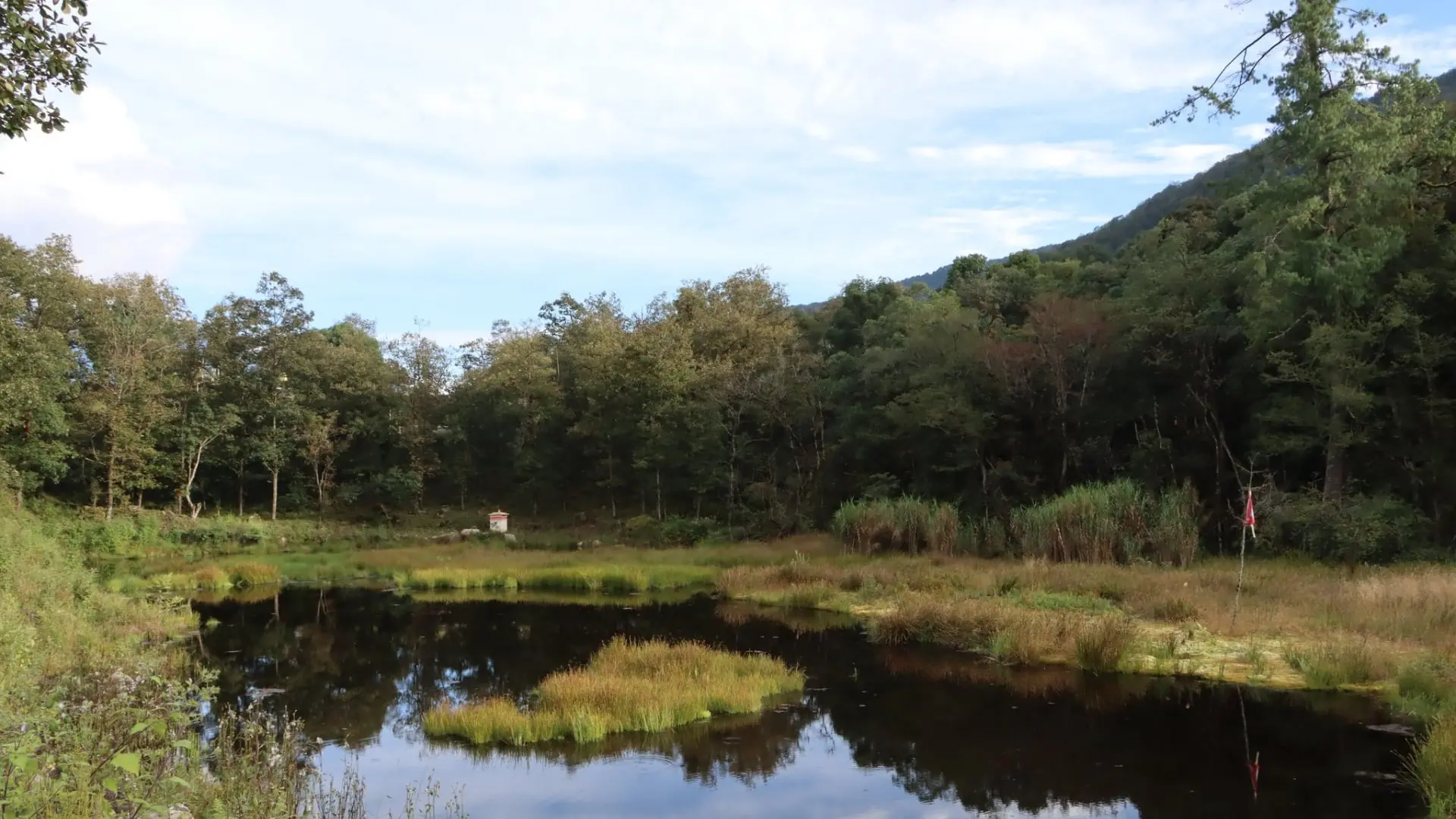
This park, named after the third King of Bhutan, is the largest protected area in the country and is home to a wide range of flora and fauna. Visitors can spot animals such as takins, snow leopards, Himalayan black bears, and various bird species. Trekking and camping are popular activities here, offering opportunities to explore the park's diverse ecosystems.
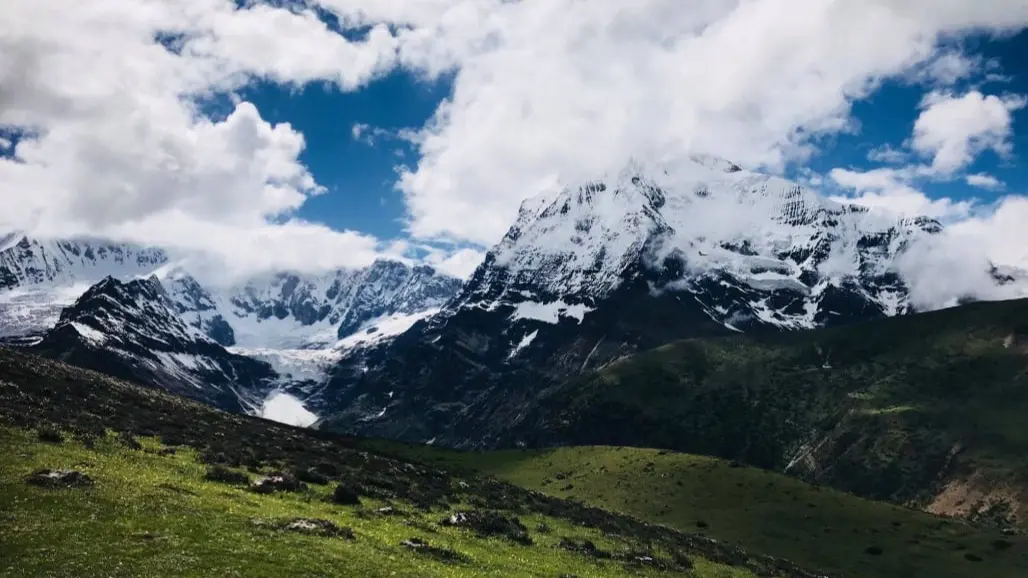
Situated in the far eastern region of Bhutan, Bumdeling Wildlife Sanctuary is renowned for its diverse range of bird species, including the elusive black-necked crane and the endangered white-bellied heron. Visitors can explore the sanctuary's pristine forests and alpine meadows while enjoying birdwatching, hiking, and cultural experiences with local communities.
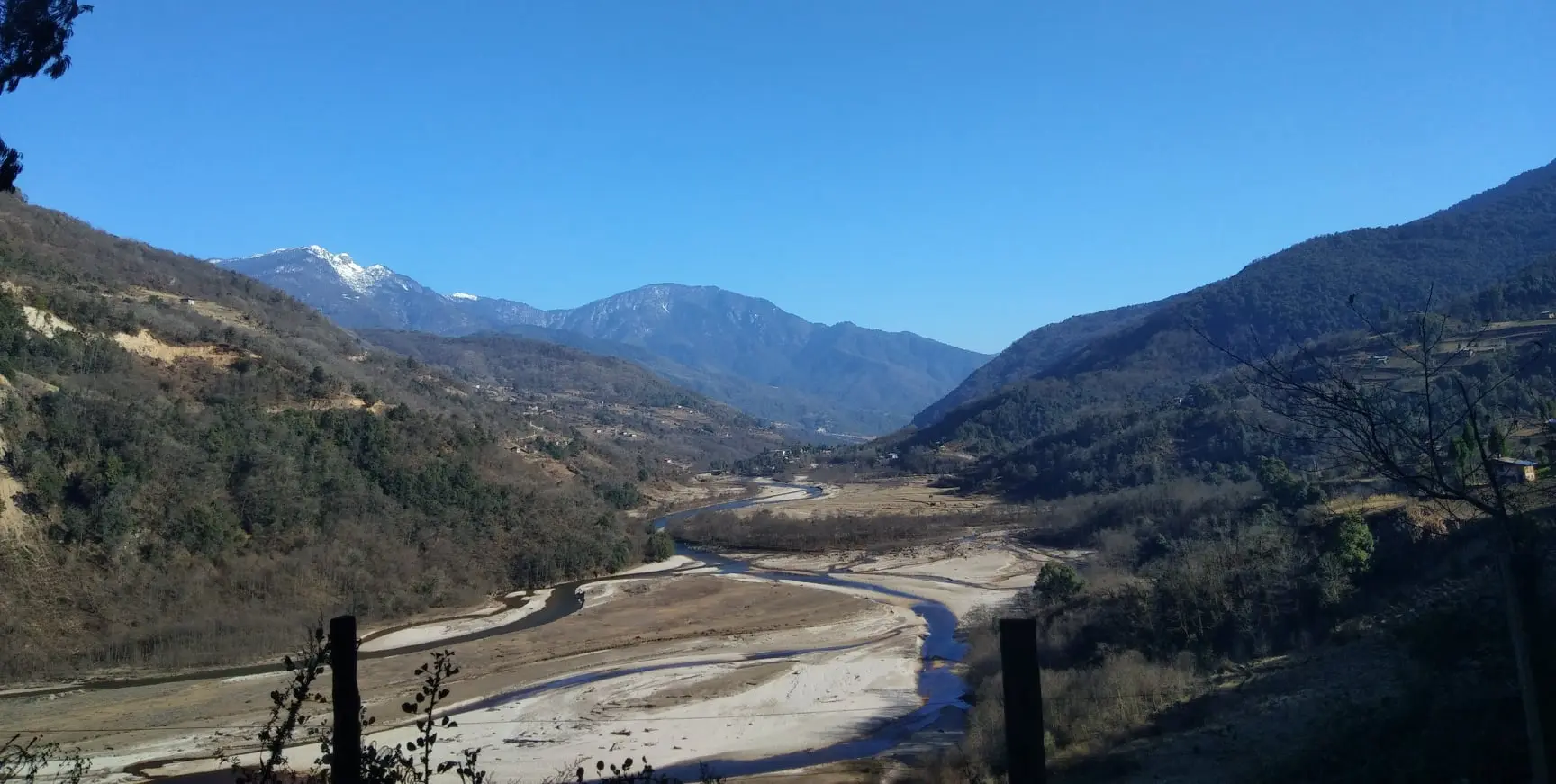
Bhutan is committed to preserving its natural heritage through various conservation efforts aimed at protecting its rich biodiversity and pristine ecosystems.
Protected Areas:
Explore Bhutan's protected areas, where stringent measures are in place to safeguard endangered species and their habitats. One such area is Manas National Park in the south, a UNESCO World Heritage Site and home to a remarkable diversity of wildlife. Efforts are underway to protect iconic species like the Indian elephant and Bengal tiger, ensuring their survival for generations to come.
Conservation Initiatives:
Learn about the innovative conservation initiatives taking place across Bhutan, aimed at fostering sustainable practices and preserving the country's unique ecosystems. In places like Phrumsengla National Park in central Bhutan, community-based ecotourism projects are playing a crucial role in conservation efforts. These initiatives not only help to protect the habitat of endangered species like the red panda but also support local communities by providing alternative livelihoods that are aligned with conservation goals.
By supporting these conservation initiatives and practicing responsible tourism, visitors can contribute to the preservation of Bhutan's natural beauty and ensure a sustainable future for its wildlife and people.
The best time to explore wildlife excursions in Bhutan varies depending on the specific location and the species you wish to see. Generally, the dry season from October to April is ideal for wildlife spotting as animals are more active and vegetation is less dense. However, certain species, such as the black-necked crane, are best observed during specific times of the year, such as the winter months in the Phobjikha Valley.
No matter which wildlife excursion you choose, you'll be treated to unforgettable encounters with Bhutan's rich biodiversity, guided by experienced naturalists and conservationists who are dedicated to preserving the kingdom's natural heritage.
© Copyright 2024 iDesire Explorations - All Rights Reserved